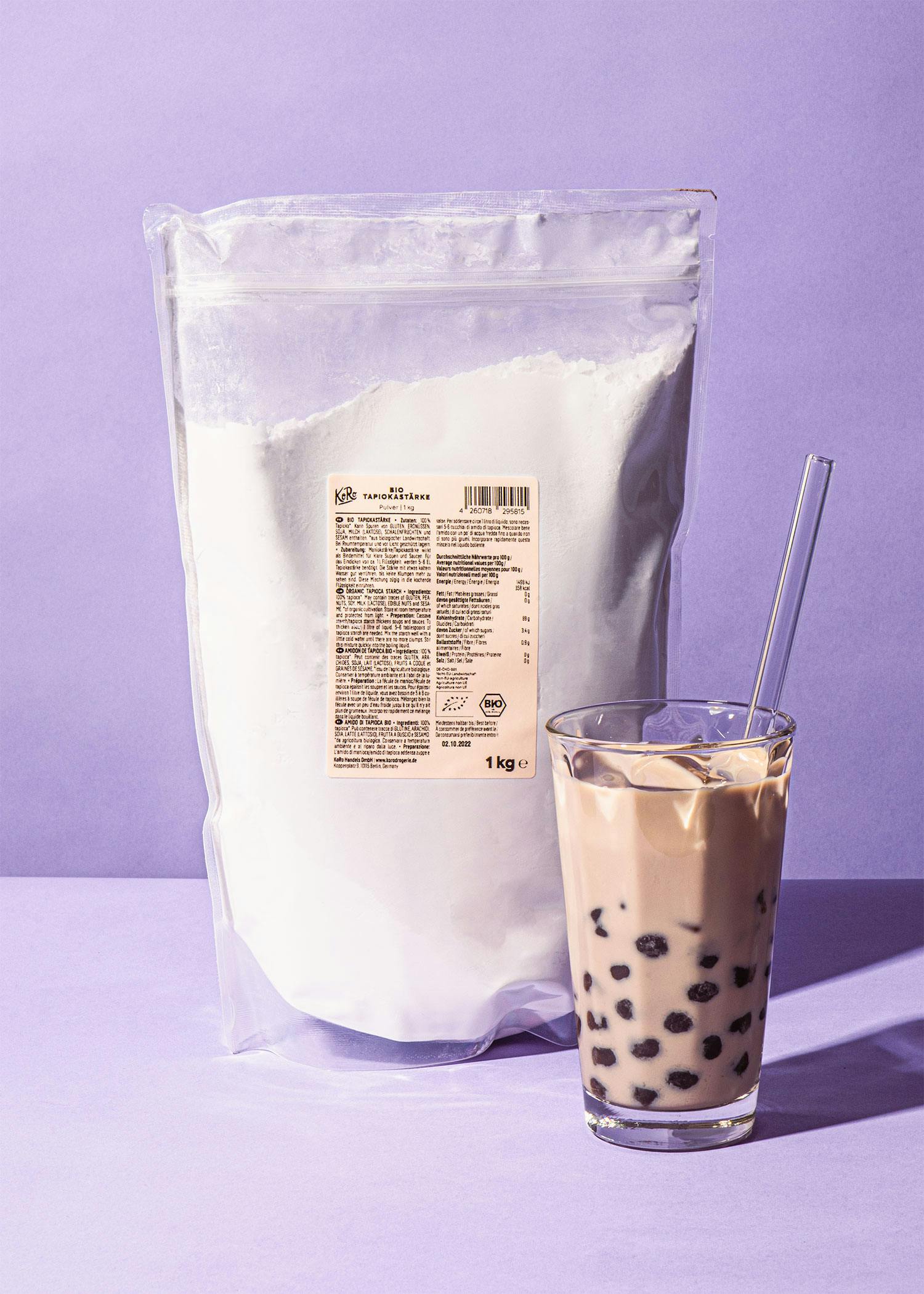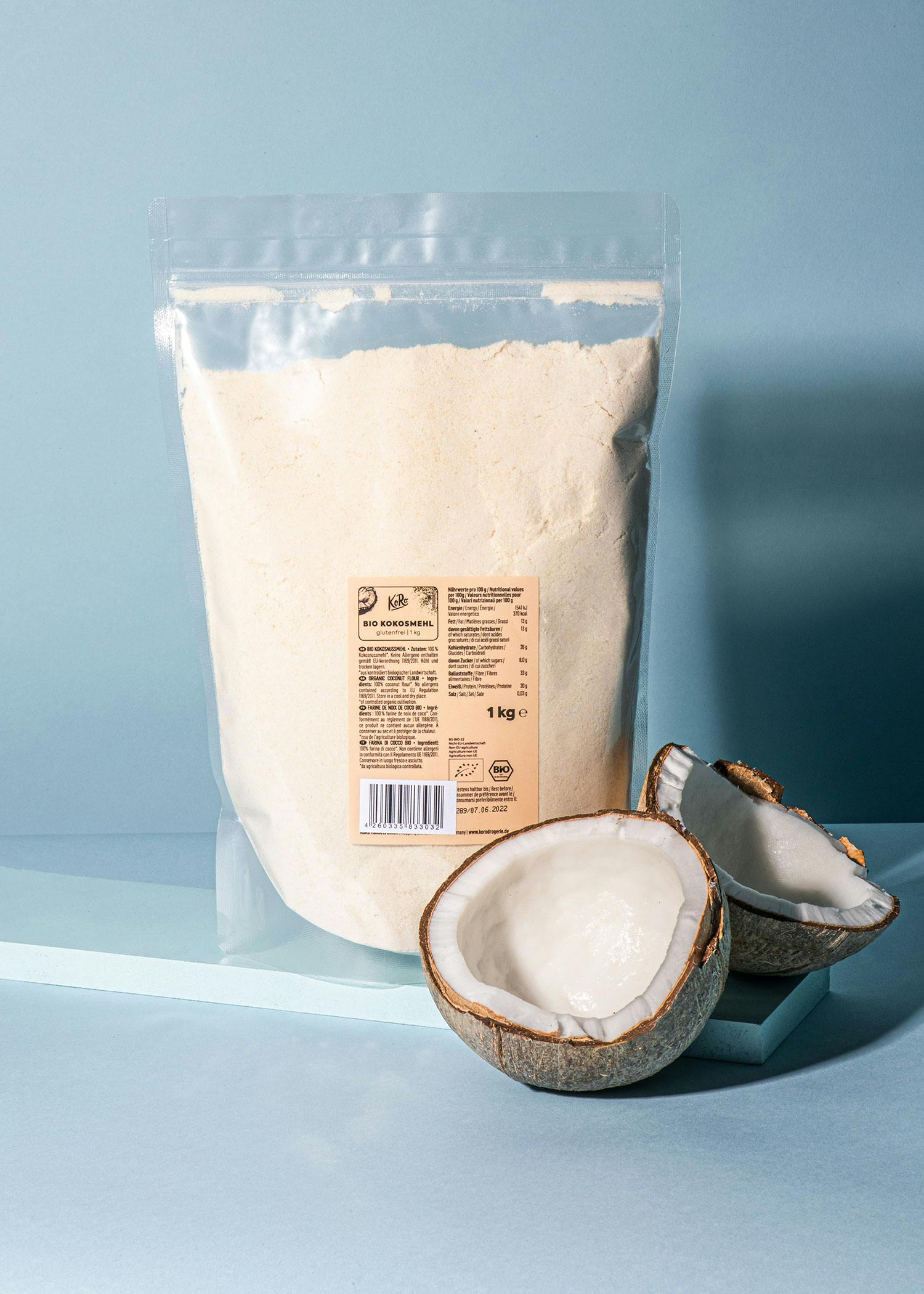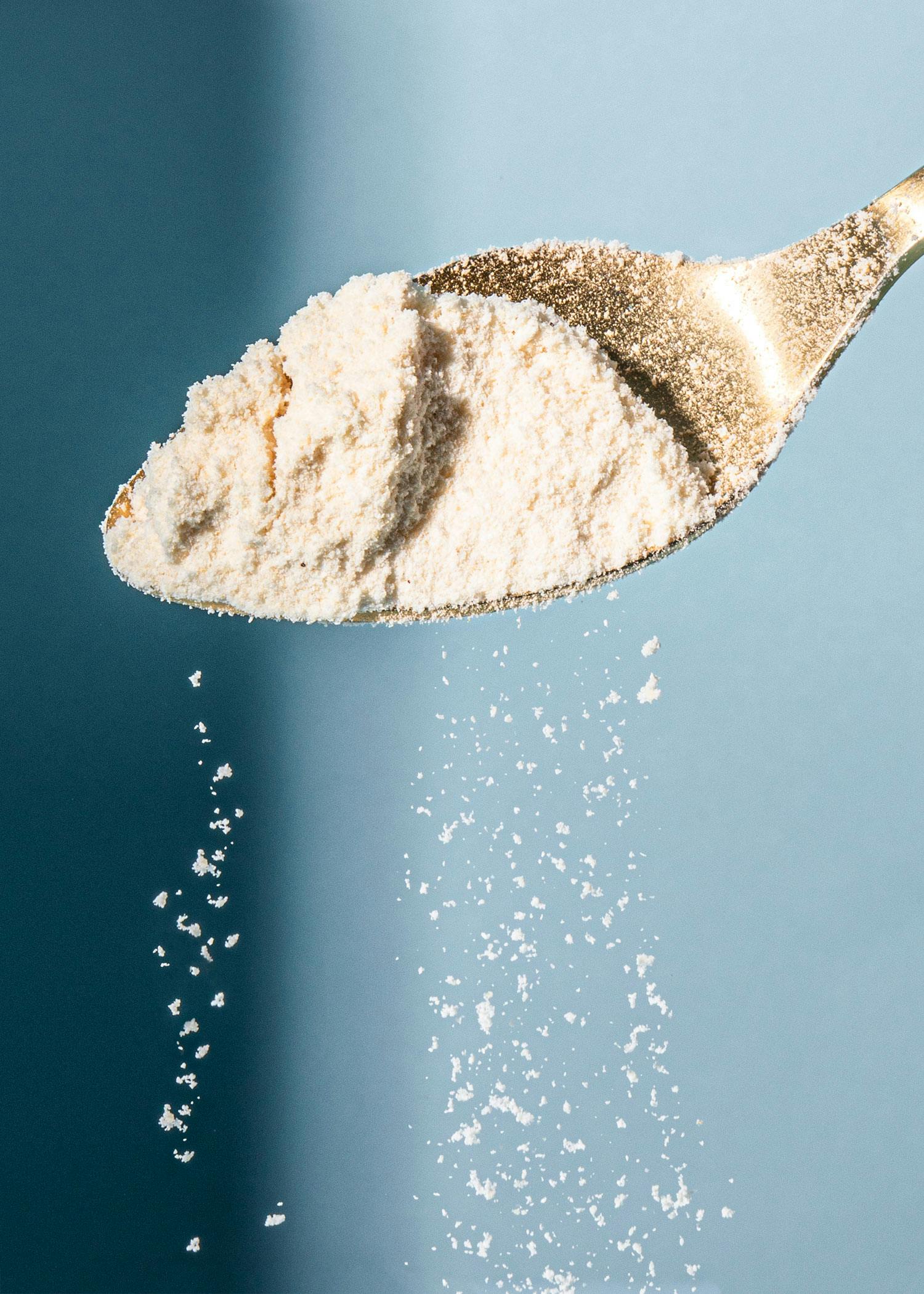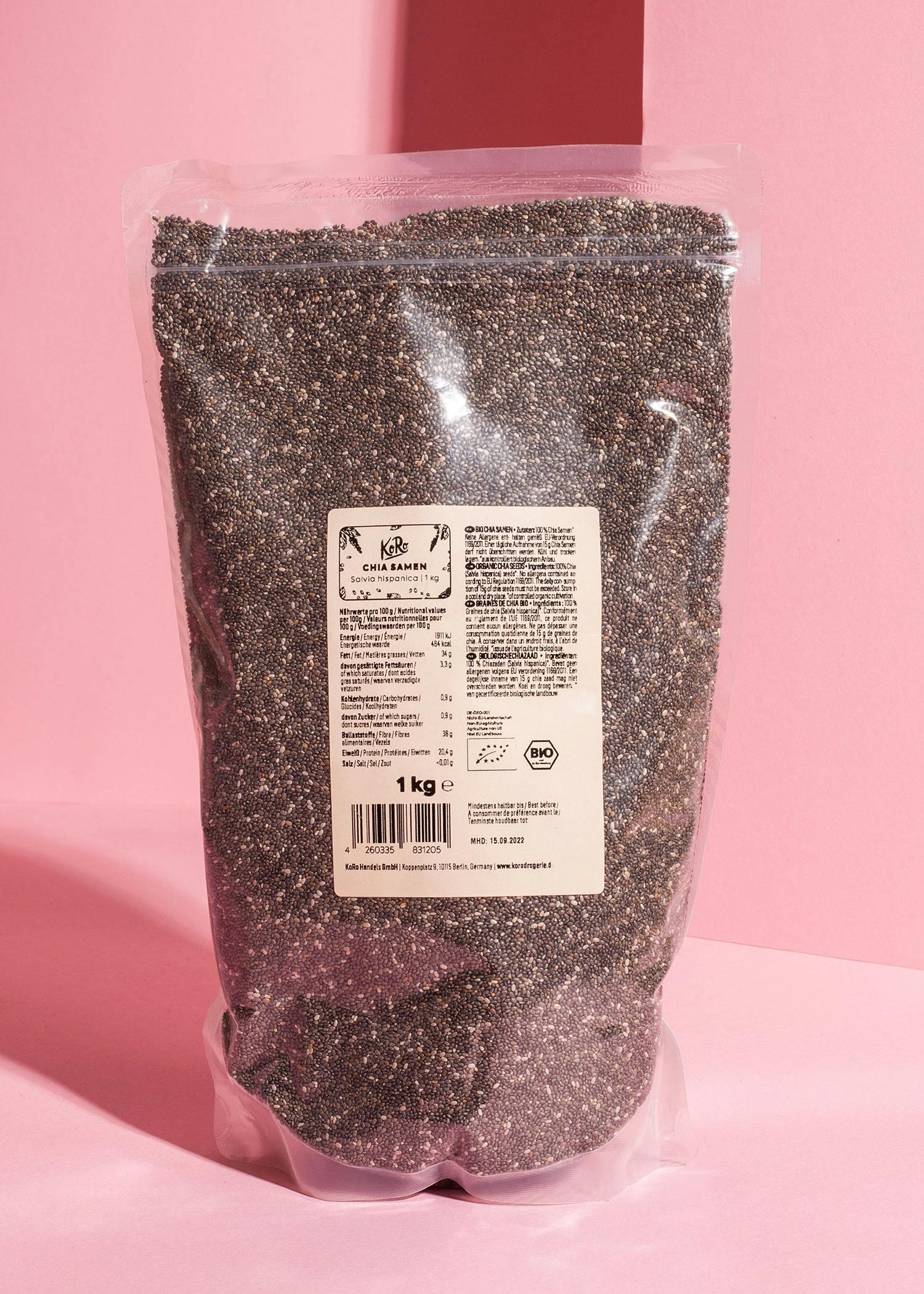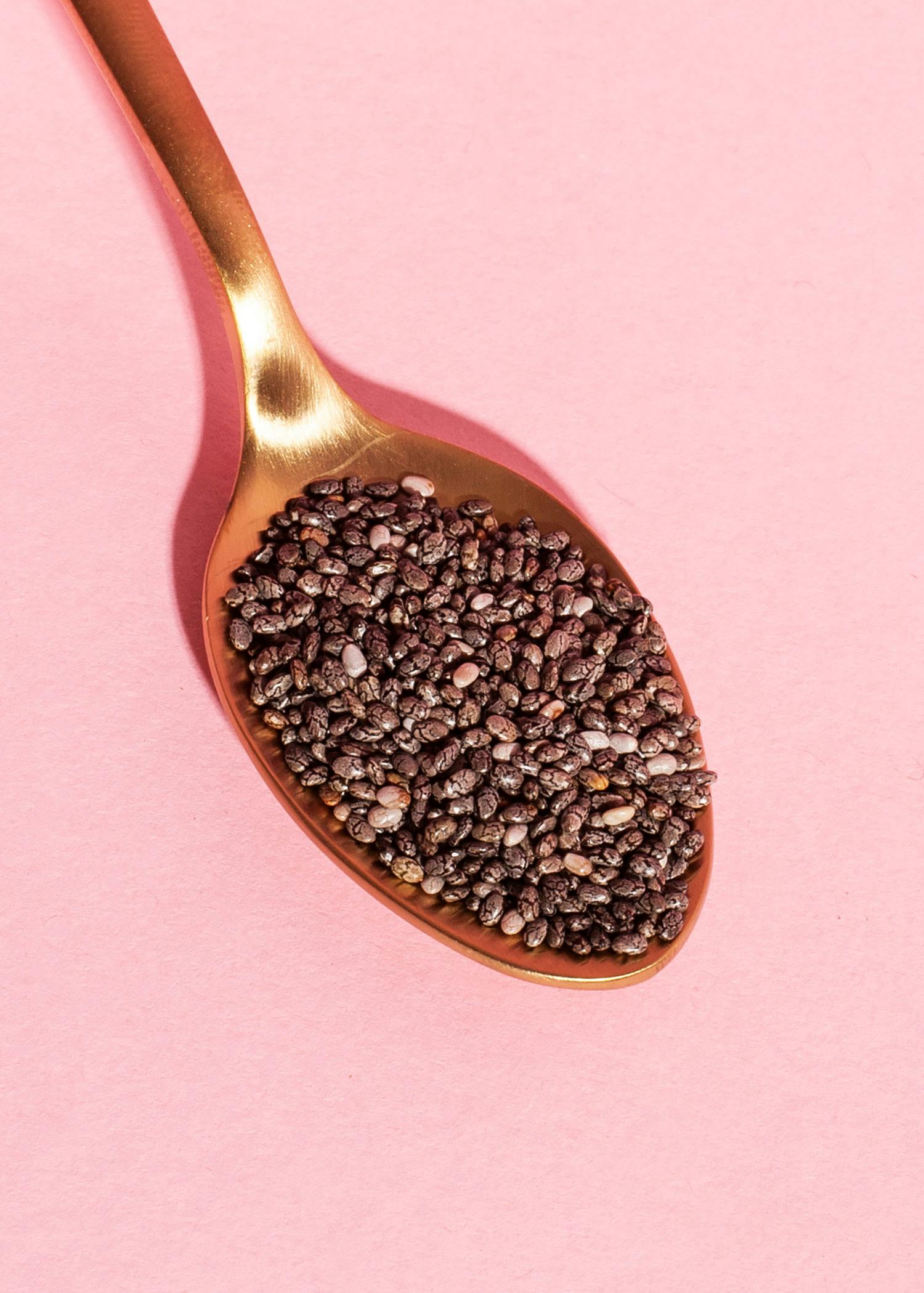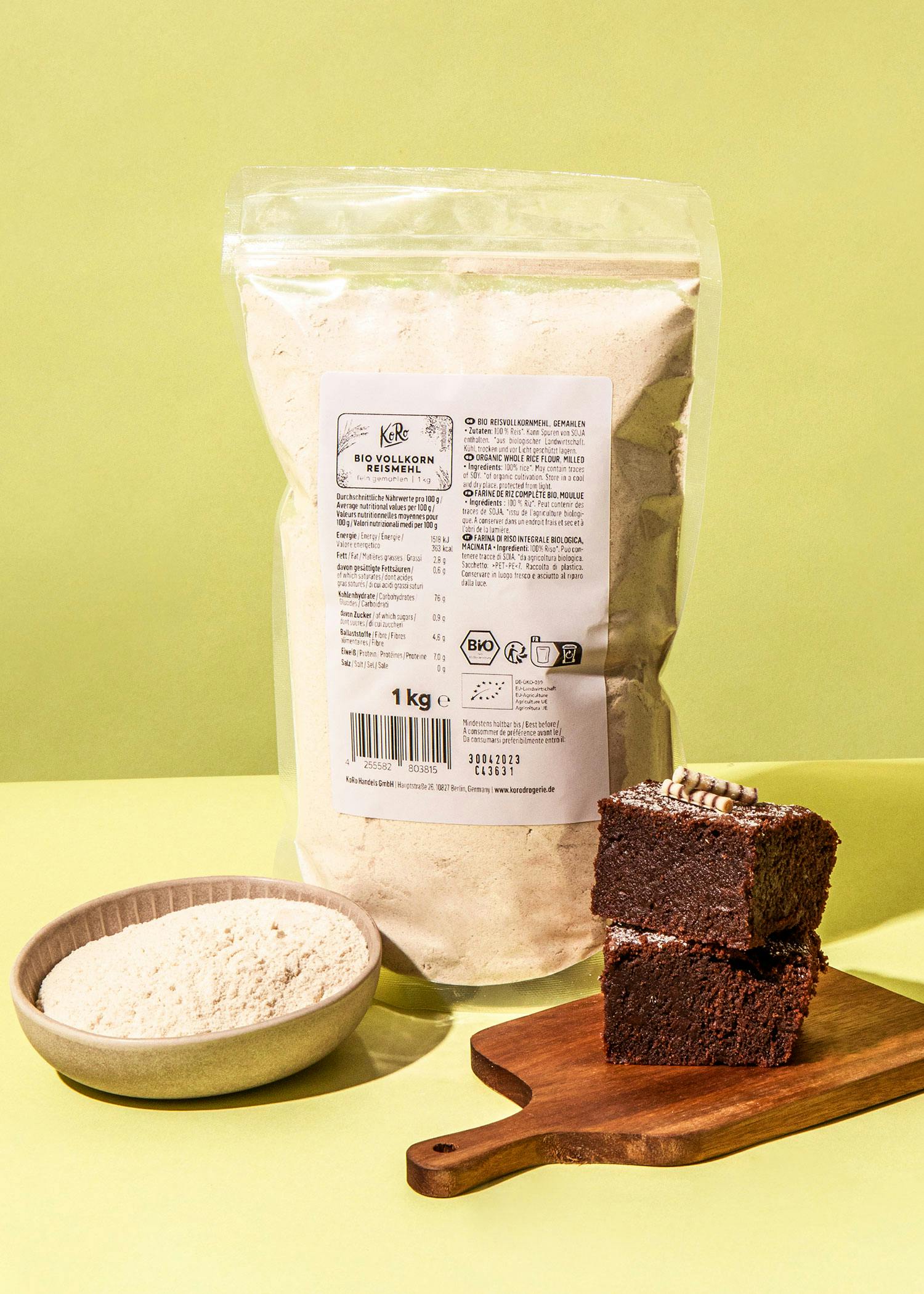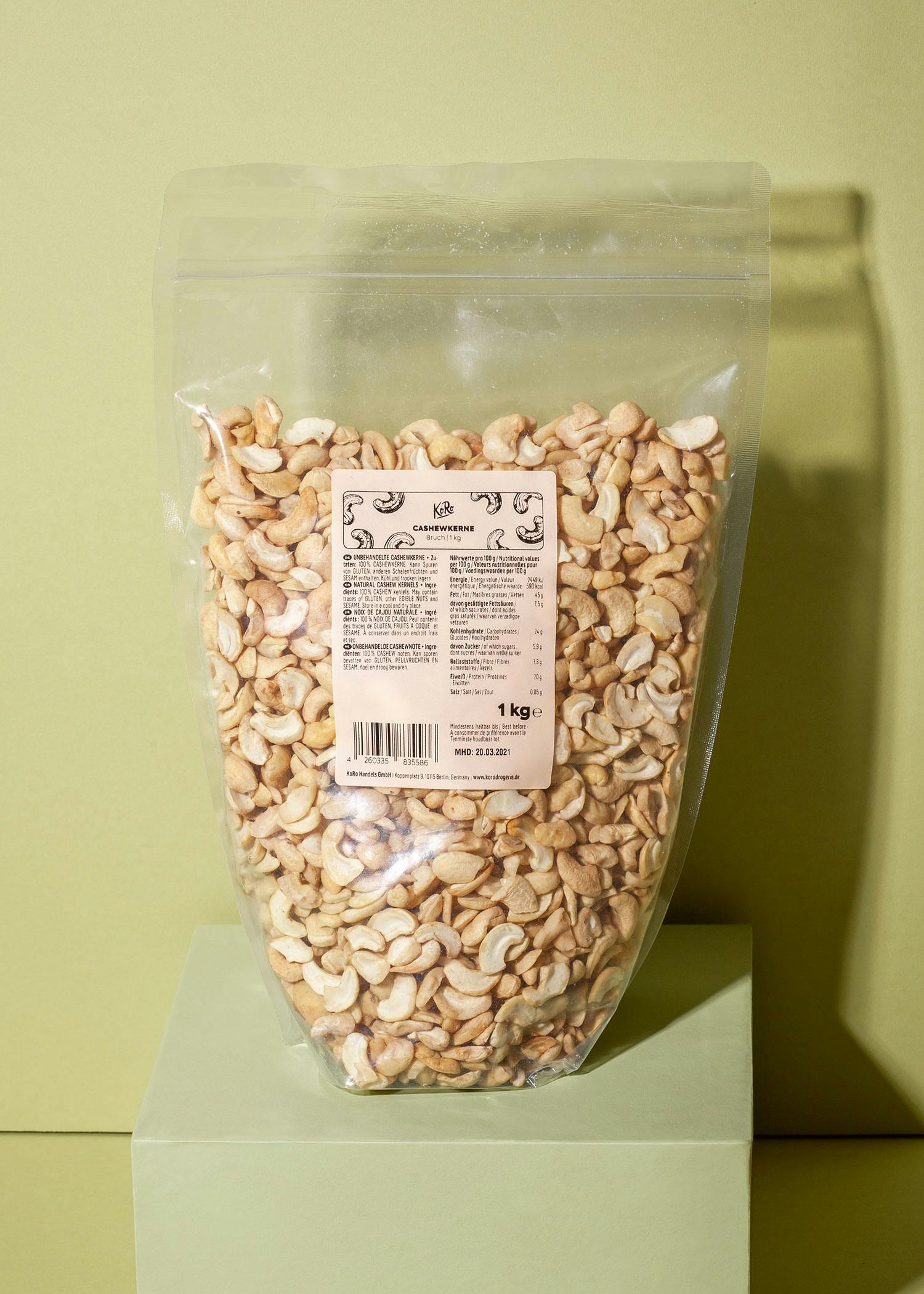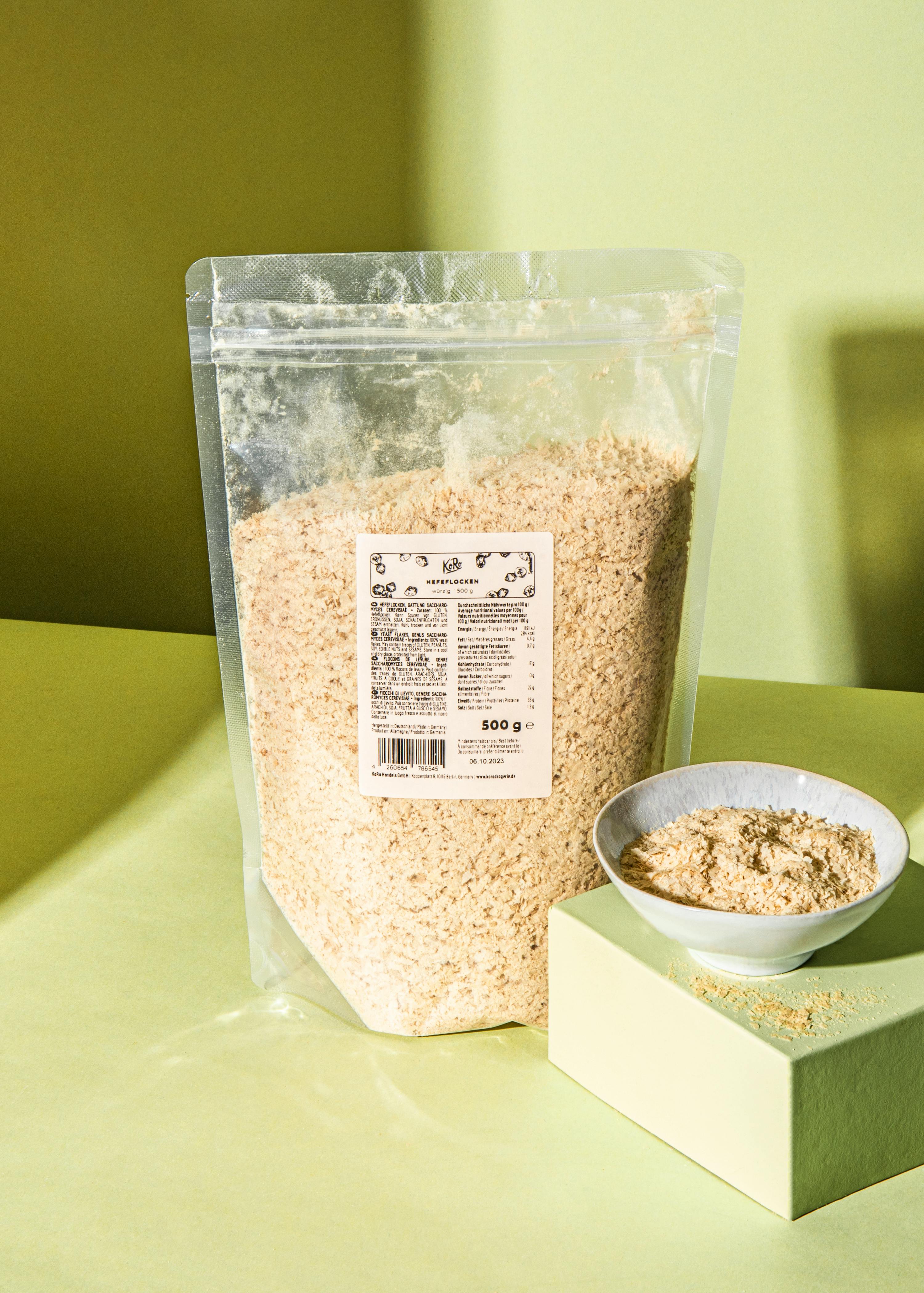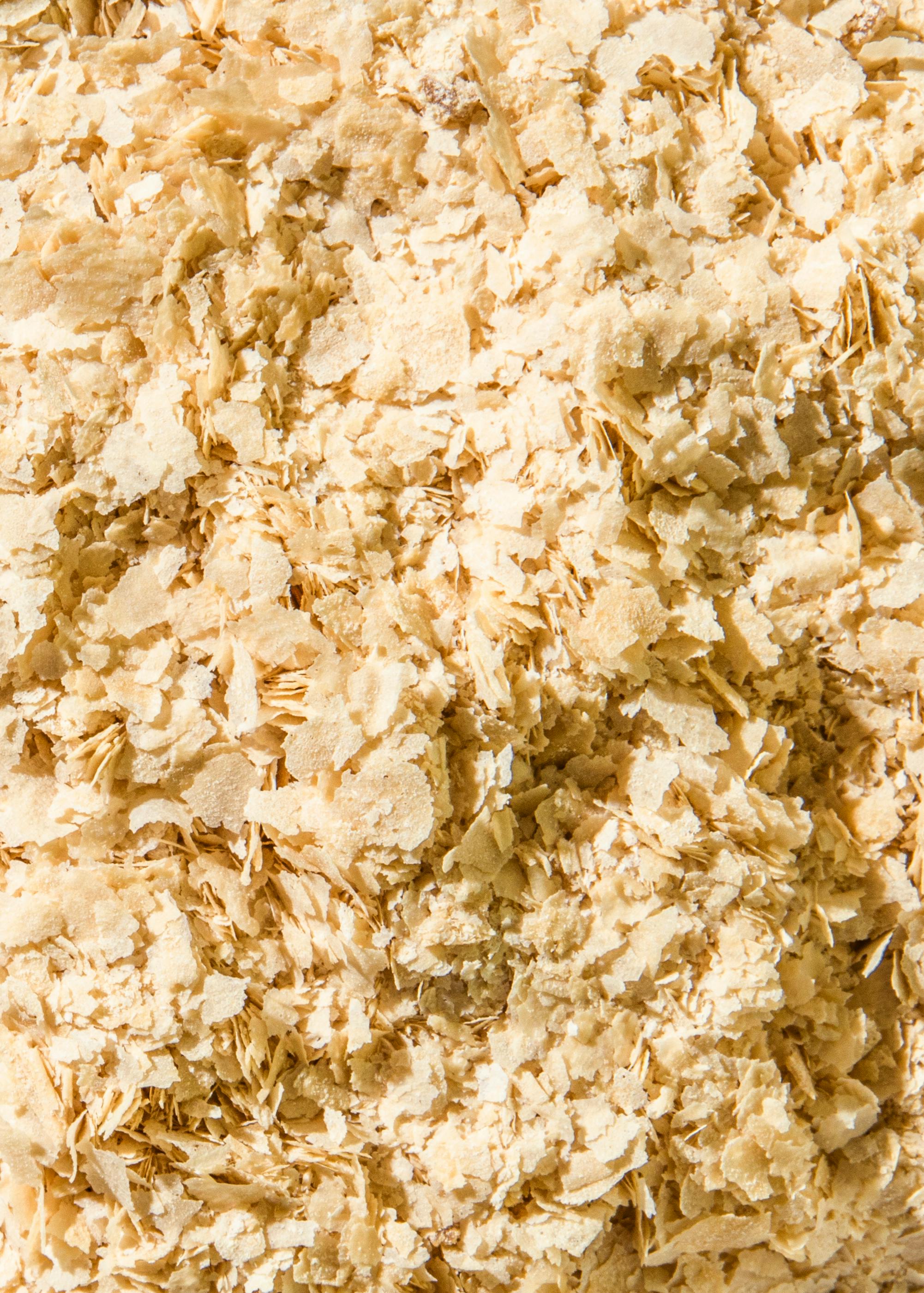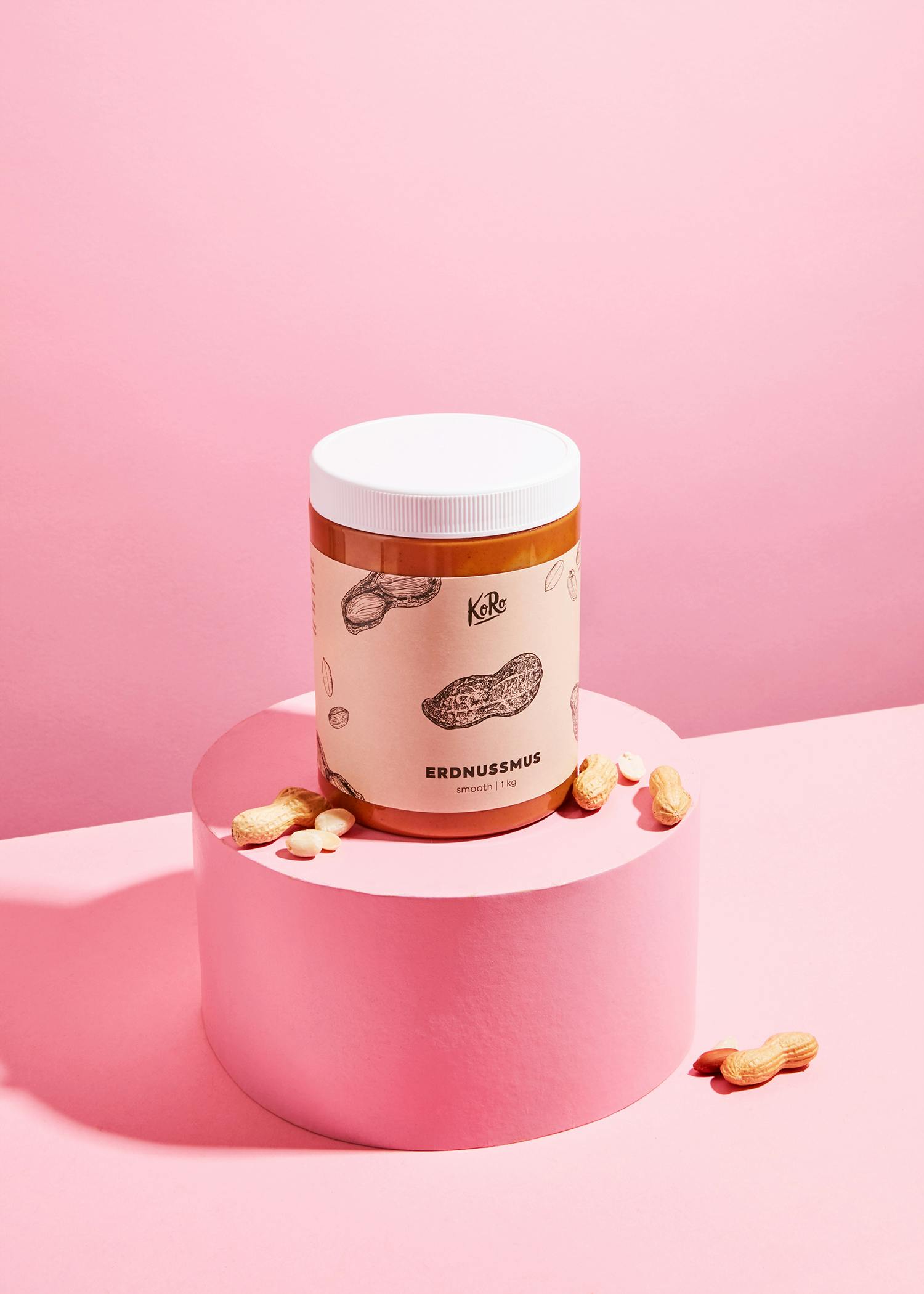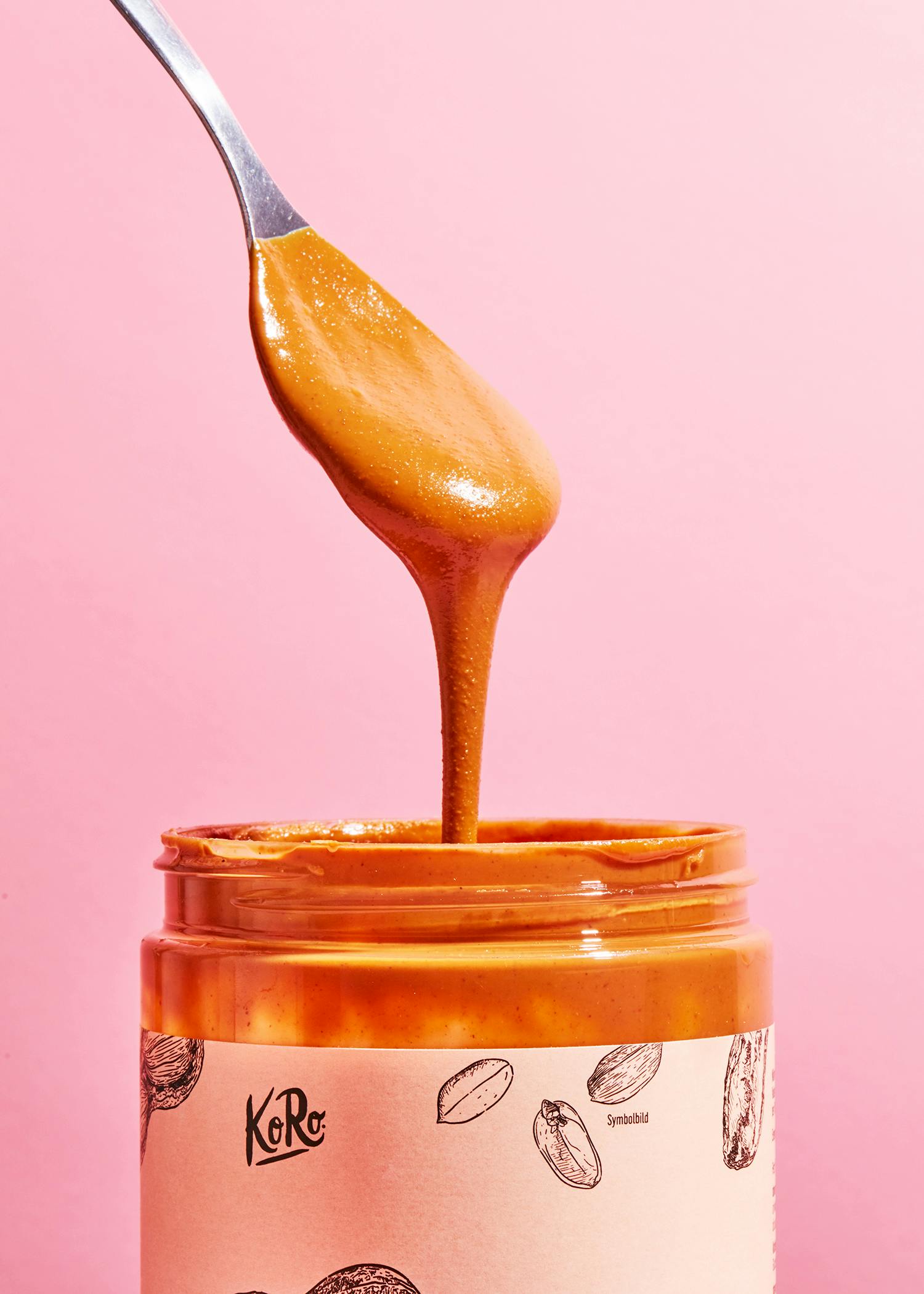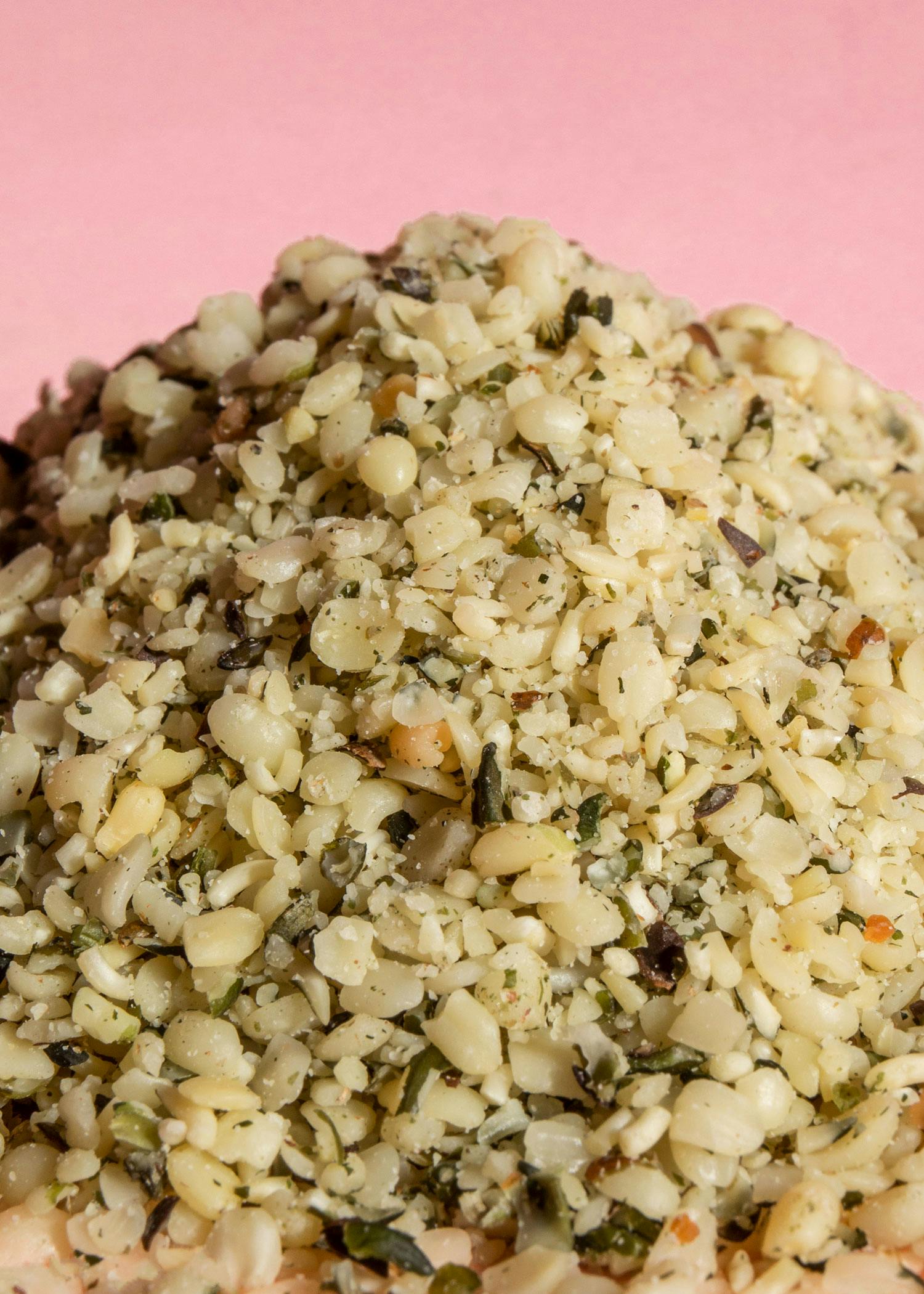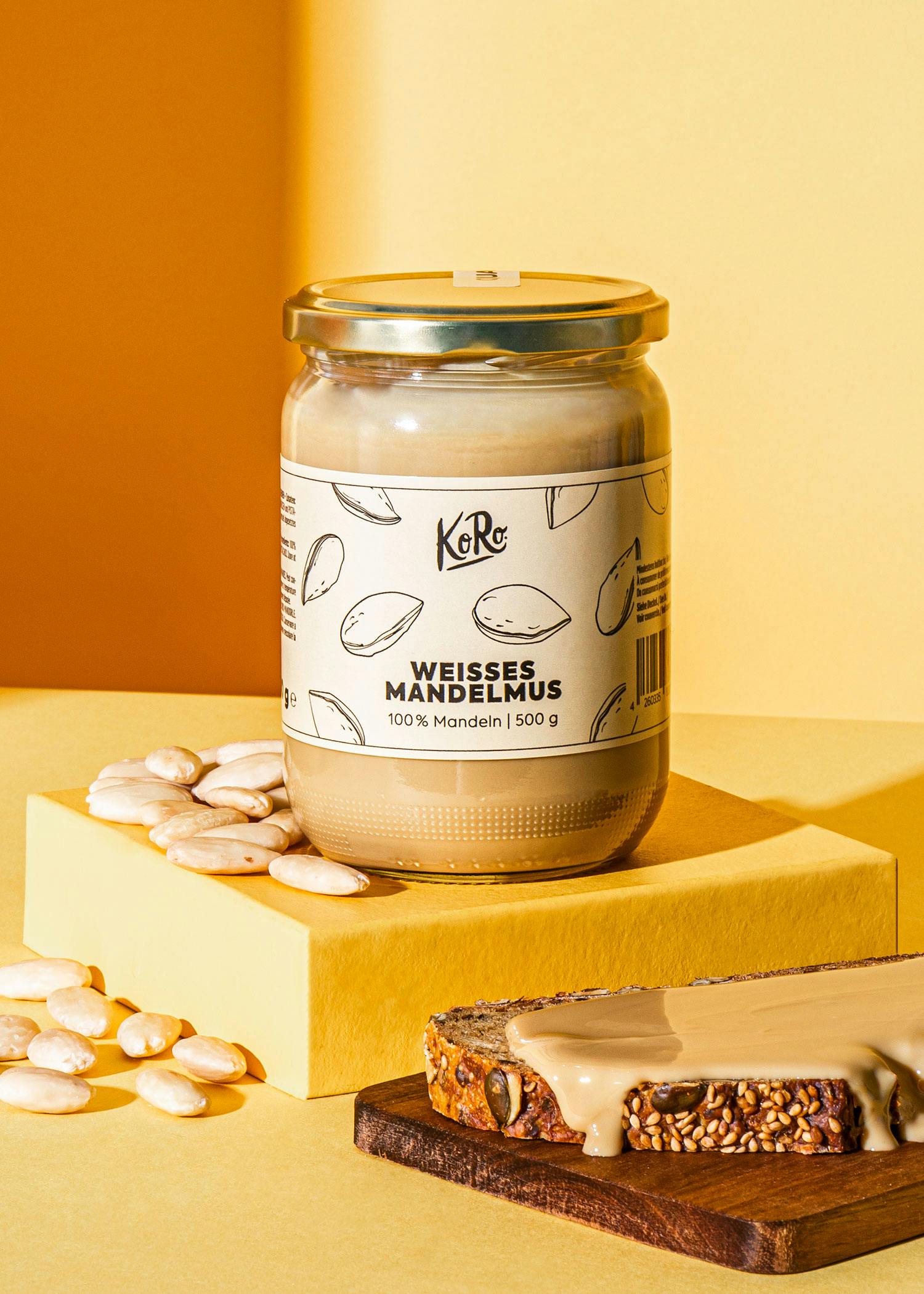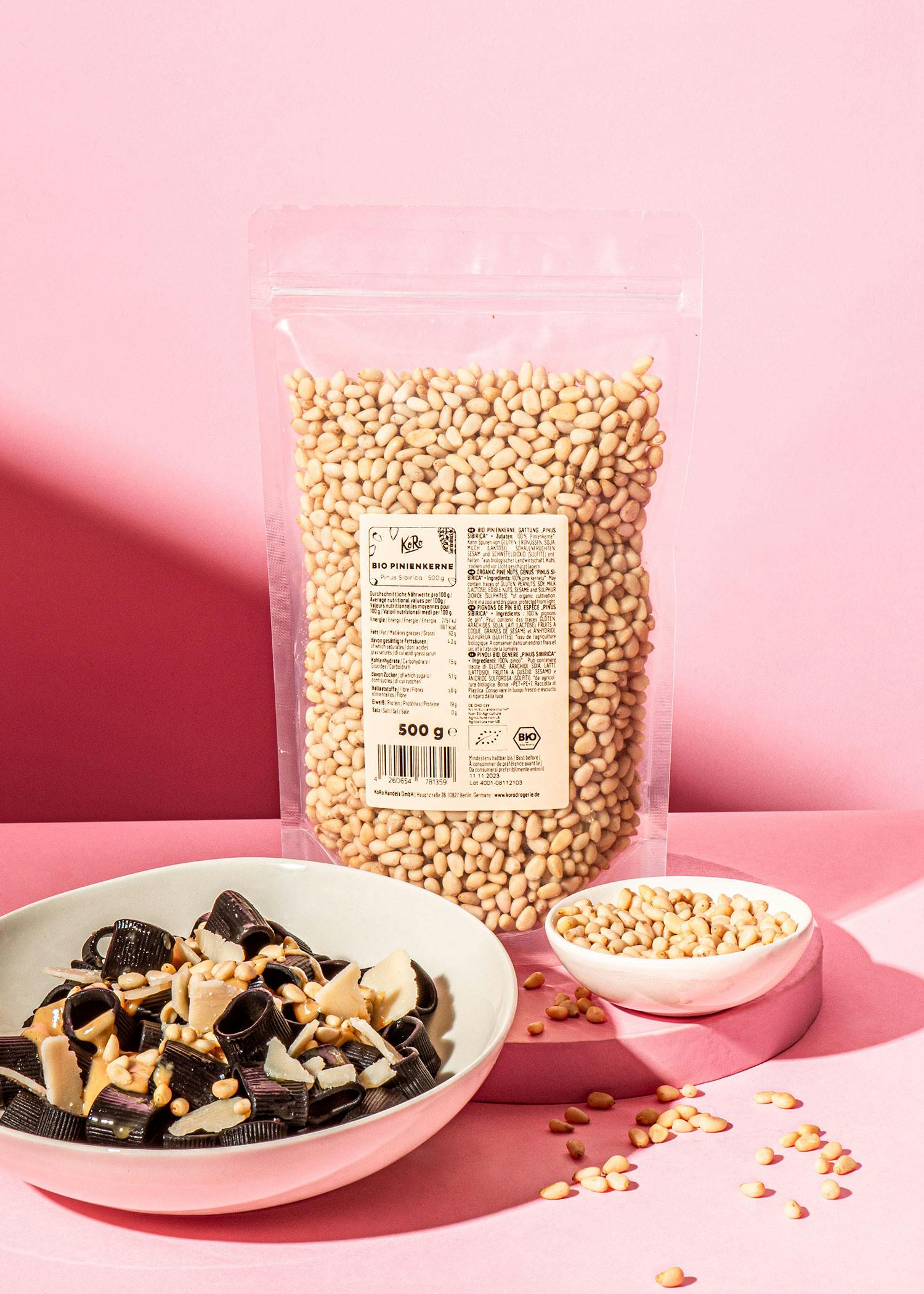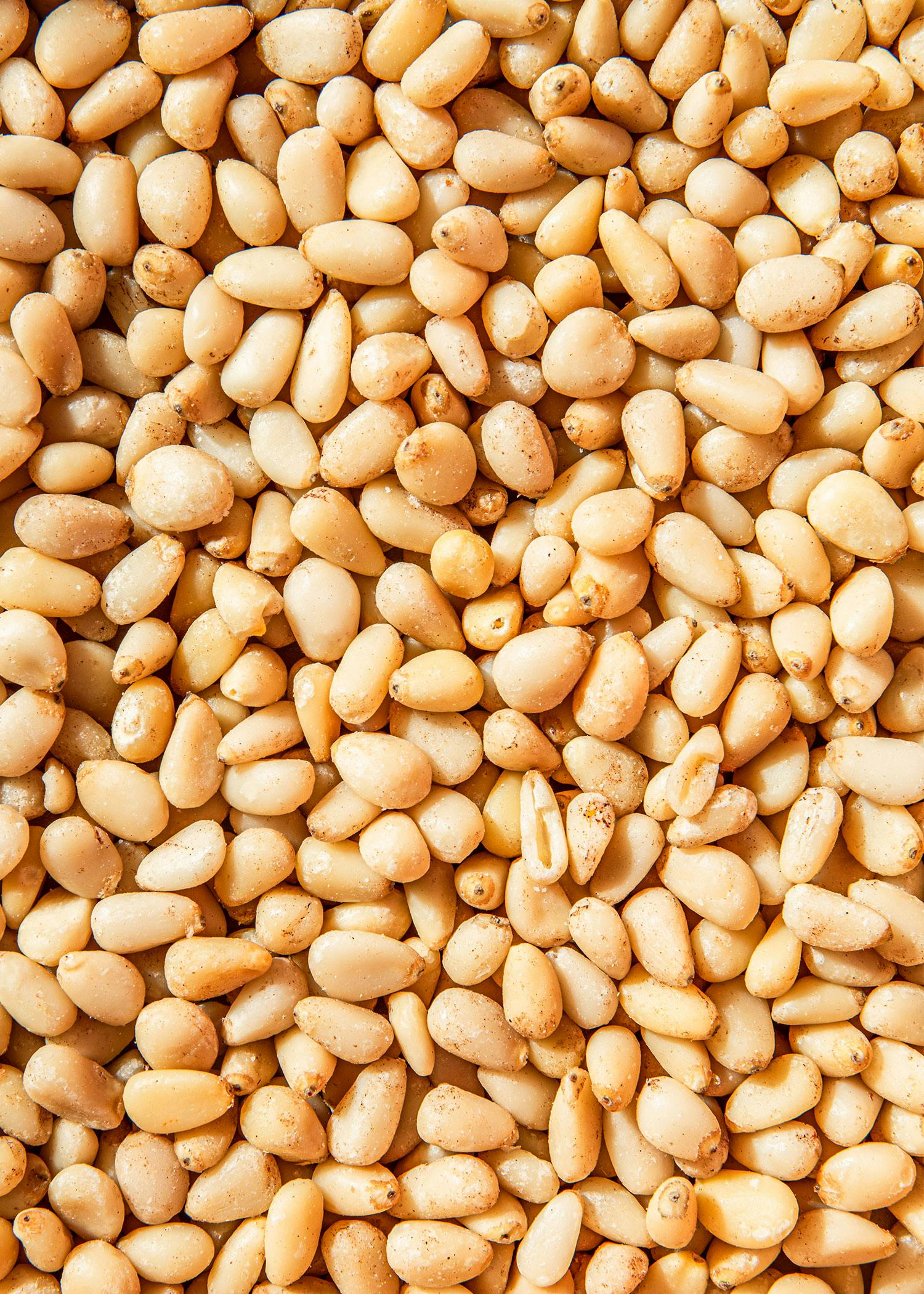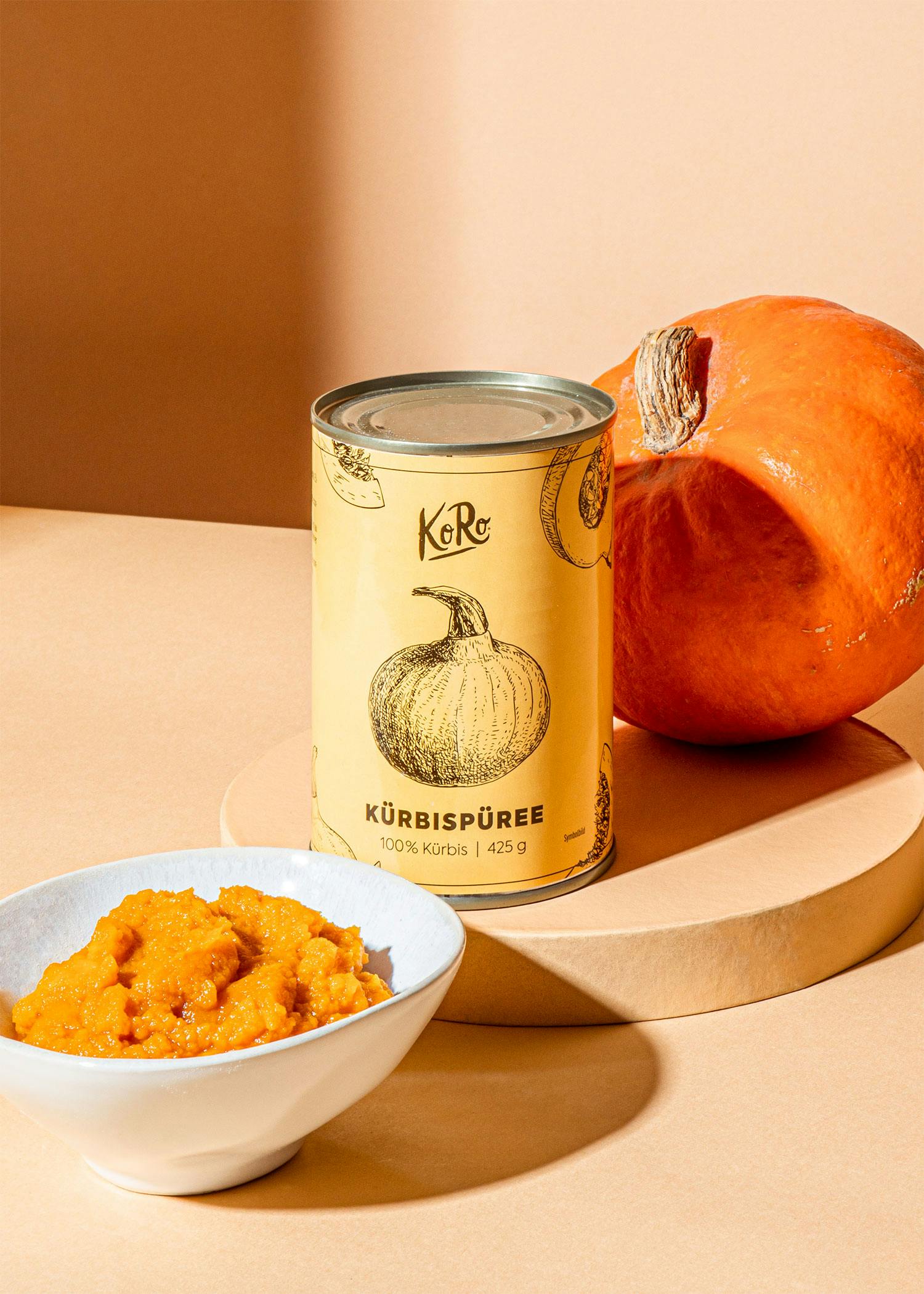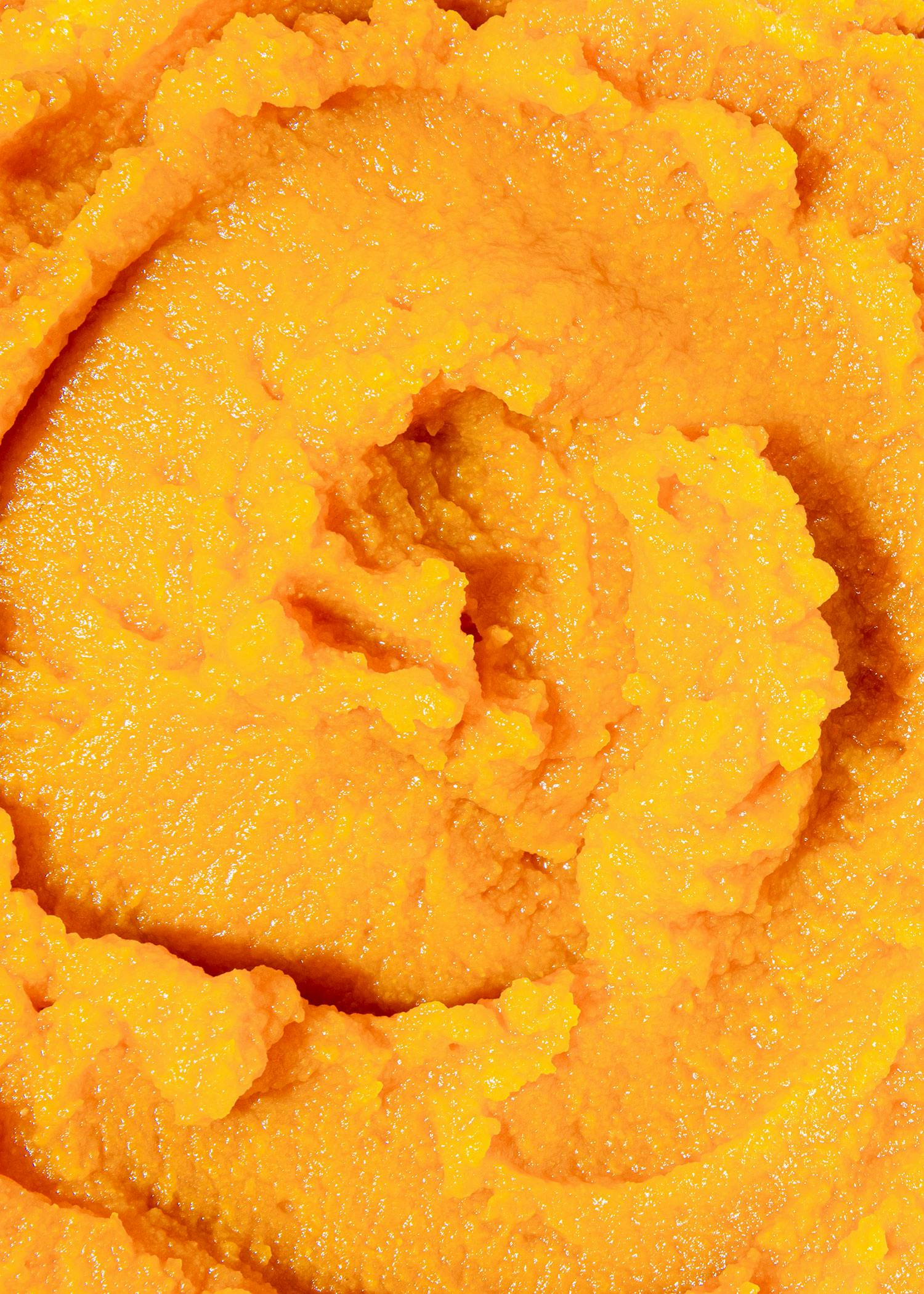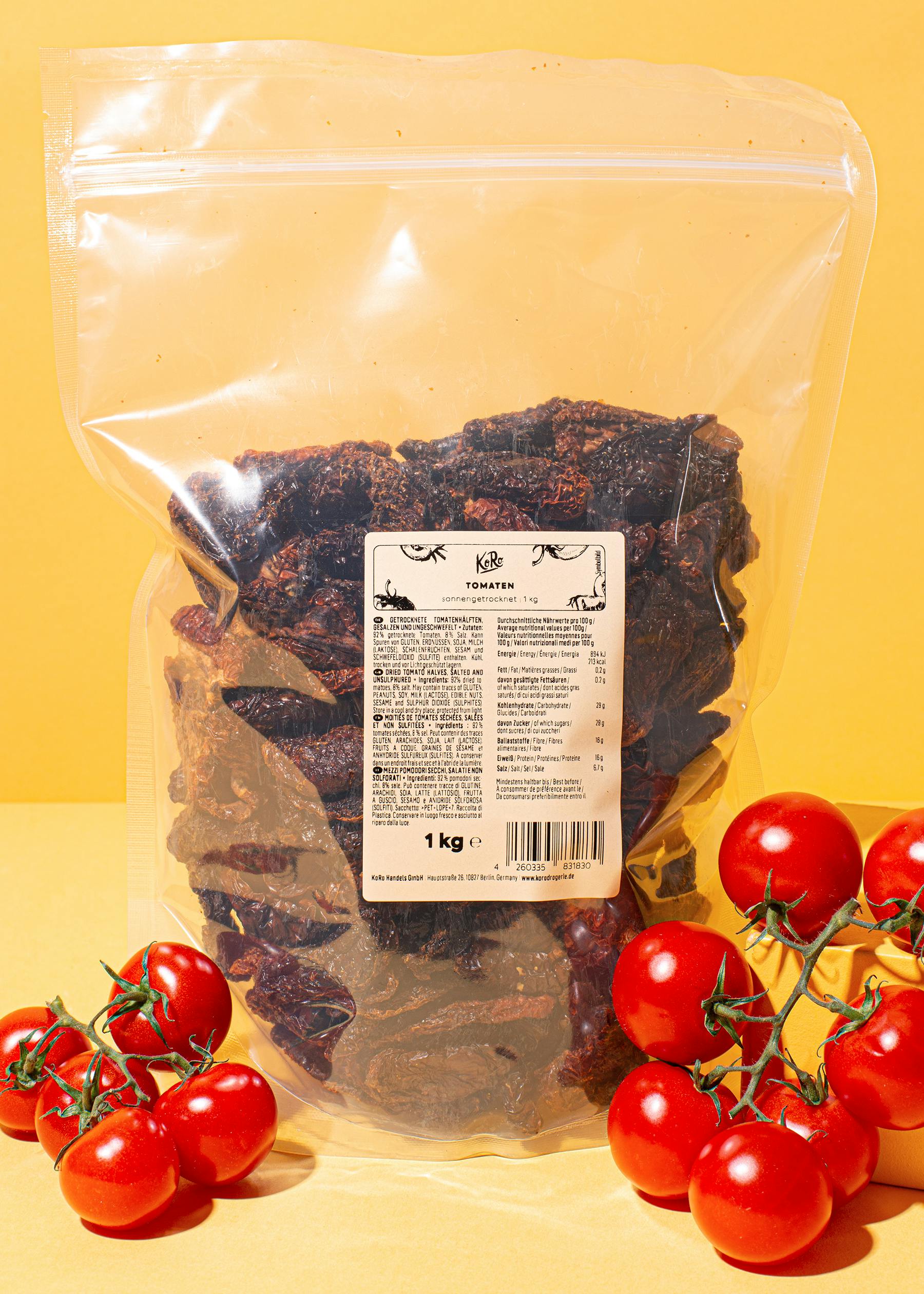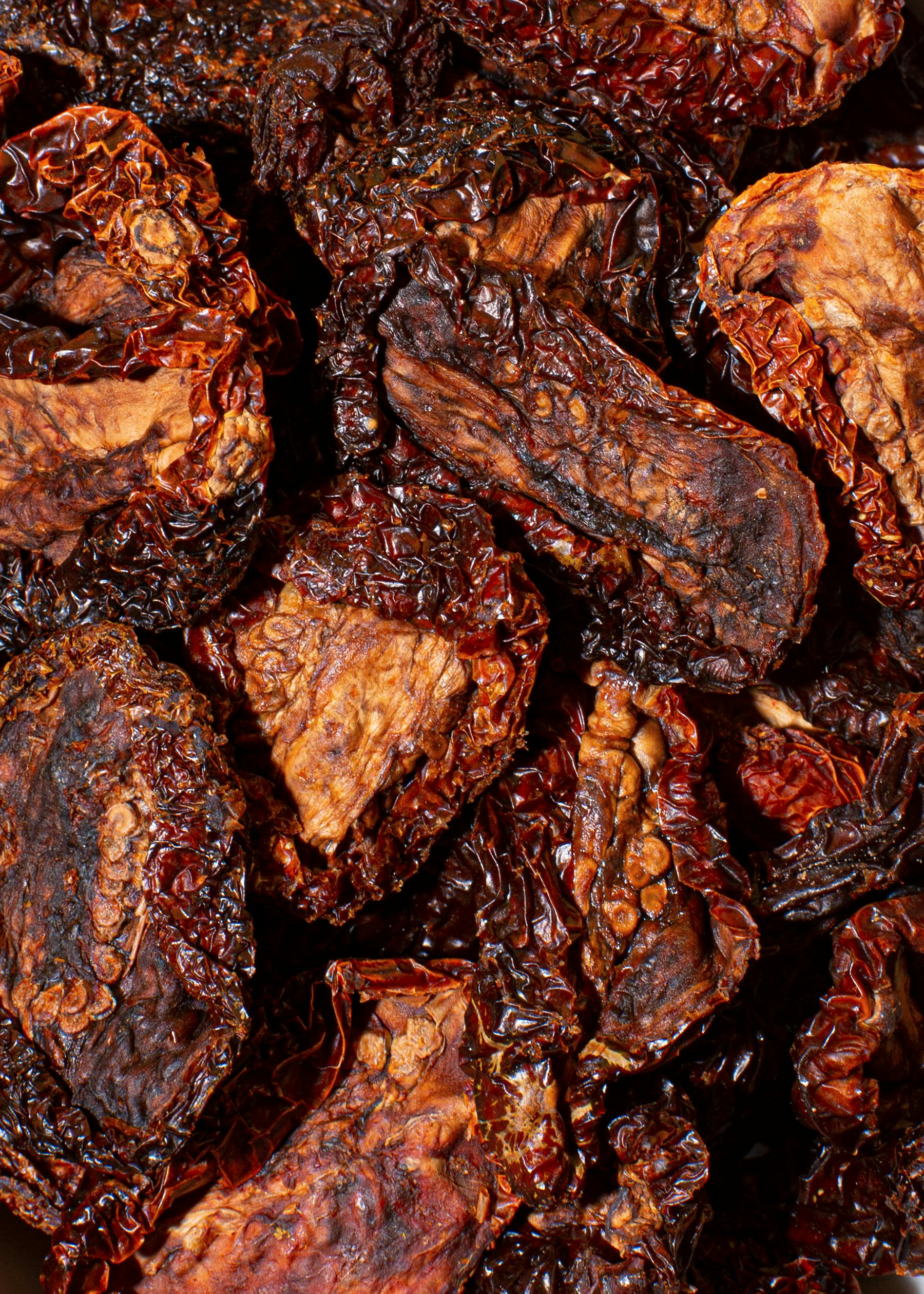Buy now: Organic tapioca 1kg
Do you already know the latest trend of tapioca? Well, the trend isn't actually that new... because the Maya already cultivated tapioca (so that's over 3000 years ago). But what is tapioca anyway? Stay tuned, we'll enlighten you! This much we can say in advance: Tapioca starch is the new superstar for your next sauces, soups, and sweet dishes!
What is tapioca?
Tapioca is extracted from the so-called cassava plant. More precisely, from its root. The root is particularly rich in starch. In many African countries and in South America, tapioca is considered a staple food. Originally, the cassava plant comes from Brazil, where flour and starch from the cassava roots have been very important for many centuries. In the meantime, however, tapioca is becoming more and more popular all over the world. Tapioca syrup is wonderfully suitable for sweetening and refining dishes and drinks.
Tapioca starch (or tapioca flour) is a very fine powder which is almost tasteless. It has a high starch content (up to 40 %, if you want to know exactly) and is therefore wonderfully suitable for thickening sauces, soups and much more. Thanks to its light, white colour, tapioca starch is also wonderfully suitable for clear dishes. You can therefore use tapioca as a great substitute for conventional starch. In addition, tapioca is fat-free and usually gluten-free (but beware: our tapioca starch may contain traces of gluten due to cross-contamination in the filling process).
You think you've never heard of tapioca starch? It's highly likely that you've heard of the popular binding agent made from cassava root. For example, you often find tapioca in Asian cuisine. The delicious ice cream speciality mochi contains tapioca, dumplings and rice noodles also benefit from the versatile use of tapioca flour. Do you remember the bubble tea trend? The fine white powder is responsible for the sweet drink's creaminess as well!
From toxic to delicious - how is tapioca made?
The cassava plant is not edible from the start. In its raw state, the plant and its root are even poisonous. In order to be able to enjoy it, it is therefore urgently necessary to process it. But how does a poisonous cassava plant finally become tapioca? After the roots of the cassava plant have been harvested, they are thoroughly washed and then crushed. The real magic then lies in the centrifugation of the root. This means that solid and liquid components are separated from each other in a complicated process. The solid part that remains is the tapioca starch. This is then dried and packed in an airtight container - the vegan binder is ready for your order!
How do I use tapioca starch?
Tapioca starch has a very high yield. To bind one litre of liquid, you only need about 5 to 6 tablespoons of our organic tapioca starch. We recommend that you first mix the starch in cold liquid and then quickly add it to the hot soup or sauce. This way you won't struggle with lumps or uneven thickening.
Buy organic tapioca starch
While the desperate search for tapioca starch has so far taken you to the farthest corners of the nearest Asian shop, it is now child's play to order tapioca starch from KoRo. The binding agent for sauces, desserts and the like comes directly to your home in the best organic quality. Tapioca flour is a true all-rounder. Order our organic tapioca starch now and boost your sauce, soup and dessert game!
| Average nutritional values | per 100 g |
|---|---|
| Calorific value (in kj/kcal) | 1465 / 350 |
| Fat | 0 g |
| thereof saturated fatty acids | 0 g |
| Carbohydrates | 88 g |
| thereof sugar | 0 g |
| Protein | 0 g |
| Salt | 0 g |
| Product number: | TAPI_002 |
|---|---|
| Best before date | 10.05.2026 |
| Origin | Thailand |
| Origin (Processing) | Thailand |
| Content | 1 kg |
| Manufacturer | KoRo |
| EAN/GTIN | 4260718295815 |
| Data sheet | Specification |
| Organic control body & Organic origin |
|
| Nutrition traces | Nutrition traces |
| Shipping | Delivery time outside of Germany |
| Company |
KoRo Handels GmbH Hauptstraße 26, 10827 Berlin |
| Storage Advice | Store in a cool and dry place |
| Ingredients | 100 % tapioca starch* *from organic farming |
| Cross contamination | May contain traces of GLUTEN, SOY, NUTS, SESAME and SULPHUR DIOXIDE (SULPHITES). |
| Trade Name | Organic tapioca starch |
| Label note | Ingredients, nutritional values, and packaging may change. For exact information, please check the product description. |
This is how the price has developed over time
All data without guarantee!
Login
I am completely satisfied and will be happy to recommend it to others.
I will definitely order from KoRO again.
Provatela!
Good strength
Alles super
Did not disappoint me.
Super product!
Again and again because I no longer have to visit ten stores without success
Empfehlenswert
